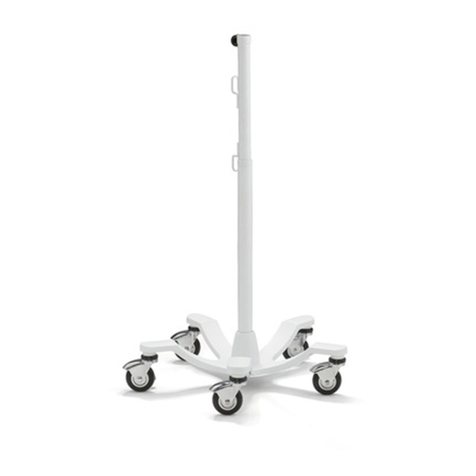
Contents
GT-Series GlobalFrame Gen 2 Cabinet Overview ............................................ 3
Introduction to the GT-Series GlobalFrame Gen 2 Cabinet ................................................................. 3
Safety Information ............................................................................................................................. 3
Intended Use ...................................................................................................................................... 5
Components of the GT-Series GlobalFrame Gen 2 Cabinet ................................................................. 6
Included Hardware ............................................................................................................................. 7
Getting Started ................................................................................................ 8
Tools Required ................................................................................................................................... 8
Unpacking .......................................................................................................................................... 8
Installation .................................................................................................... 10
Moving the cabinet .......................................................................................................................... 10
Anchoring the cabinet to the floor ................................................................................................... 11
Bonding the cabinet to the telecommunications ground .................................................................. 12
Baying cabinets together .................................................................................................................. 13
Configuring the cabinet ................................................................................. 14
Removing, Installing and Reversing the Front Door .......................................................................... 14
Removing and Installing the Rear Doors ........................................................................................... 15
Removing and Installing the Top Panel ............................................................................................. 16
Removing and Installing the Side Panels ........................................................................................... 18
Adjusting the Equipment Mounting Rails ......................................................................................... 19
Installing Equipment ........................................................................................................................ 20
Cable Management .......................................................................................................................... 20
Accessories .................................................................................................... 21
Cable Management .......................................................................................................................... 21
Power Management ......................................................................................................................... 22
Thermal Management ...................................................................................................................... 22
Shelves, Trays and other accessories ................................................................................................ 23
Service Parts..................................................................................................................................... 24


































